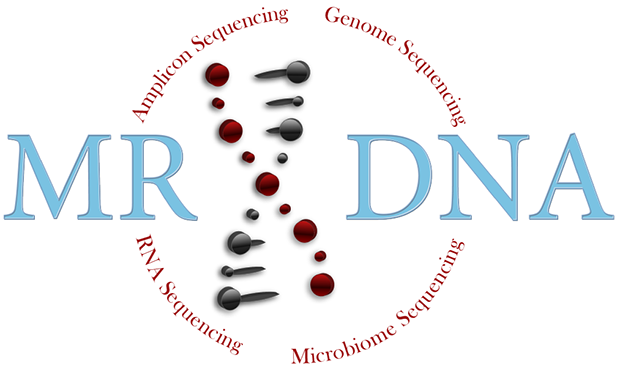Why are there so many contigs?

Fragmented genome assemblies are common — especially with short-read sequencing.
Ideally, genome assembly would result in a single contig per chromosome. In practice, assemblies often produce many contigs due to technical and biological factors.
Common causes of fragmented assemblies
- Short read lengths unable to span repeats
- Highly repetitive genomic regions
- Insufficient sequencing coverage
- Polyploid or highly heterozygous genomes
How to reduce contig count
Hybrid approaches that combine short-read accuracy with long-read technologies such as PacBio or long-insert libraries can dramatically improve assembly contiguity.
Additional gap-closing strategies include mate-pair sequencing, PCR gap filling, and targeted long-read validation.
Improve your genome assembly
We support hybrid and long-read genome projects.
